Description
HOT CHILLI PEPPER HABANERO YELLOW (ORGANIC)
HOT CHILLI PEPPER HABANERO YELLOW (ORGANIC) If you are looking for a blistering hot pepper you have found it. This incredibly hot pepper is around 40 times hotter than a Jalapeno. The small 1-inch long and 1 ½ inch wide pepper is wrinkled and thin-walled. It is acorn shaped and tapered at the end and grows on 36-inch high plants. You must use gloves when cutting and handling. Great for any recipe containing hot peppers especially Indian and Jamaican dishes. Does best in warm conditions, ideally greenhouses / conservatories. Harvest in 85 to 95 days.
Cultivation Advice
- Select a sunny spot with well-draining soil rich in organic matter. Aim for a soil pH of 6.0 to 6.5 for optimal growth.
- Start seeds indoors about 8-10 weeks before the last expected frost date. Transplant seedlings outdoors when temperatures warm up and soil has reached at least 70°F (21°C).
- Plant seeds in pots or trays about 1/4 inch deep. Maintain a warm, consistently moist environment for germination.
- Space Habanero Yellow plants around 18-24 inches apart. They may need staking or caging as they grow due to heavy fruiting.
- Keep the soil consistently moist but not waterlogged, especially during flowering and fruit set. Water deeply but infrequently to encourage deep root growth.
- Apply organic mulch to conserve soil moisture and suppress weed growth. Regularly weed to prevent competition for nutrients.
- Prioritize organic compost or well-aged manure for soil enrichment before planting. Avoid excessive nitrogen to prevent excessive foliage growth.
- Pinch off the terminal bud once the plant reaches about 8 inches in height to encourage bushier growth. Remove diseased or damaged leaves promptly.
- Monitor for pests like aphids or caterpillars. Use organic methods like neem oil or insecticidal soap to control infestations. Keep the area clean to prevent diseases.
- Harvest Habanero Yellow peppers when they reach their full size and color. Use scissors or pruning shears to cut the peppers off the plant.
- Harvest seeds from fully ripe, healthy peppers. Dry the seeds thoroughly before storing them in a cool, dry place for future use.
- Store harvested peppers in a cool, dry place. Consider drying them for use as Habanero flakes or powder.
- Habanero Yellow peppers thrive in warm conditions. Protect them from cold drafts and temperature drops, as these can stunt growth and affect fruiting.
- Aid in pollination by gently shaking the plants or using a soft brush to transfer pollen between flowers. This can enhance fruit development.
- Introduce beneficial insects like ladybugs or lacewings to control aphids and other pests. Companion planting with marigolds or basil can also deter pests.
- Mulch with organic materials like straw or grass clippings to retain soil moisture and improve soil health. Consider occasional side-dressing with compost for added nutrients.
- Apply organic fungicides preventatively to deter fungal diseases. Pruning lower leaves helps improve airflow and reduces the risk of diseases like powdery mildew.
- For the hottest flavor, allow the peppers to ripen fully on the plant. They typically change from green to yellow when mature.
- Harvest seeds from fully ripe, healthy peppers. Dry them thoroughly before storing in a cool, dry place to ensure viability for future planting seasons.
- Planting aromatic herbs such as oregano, thyme, or rosemary nearby can help repel pests and improve the overall health of the pepper plants.
- To get a head start in cooler climates, use season extenders like cloches or cold frames to protect young plants from cold temperatures.
- Prioritize phosphorus and potassium-rich organic fertilizers to promote flowering and fruiting without excessively stimulating leaf growth.
- Employ drip irrigation or soaker hoses to deliver water directly to the soil, minimizing water waste and keeping foliage dry to deter diseases.

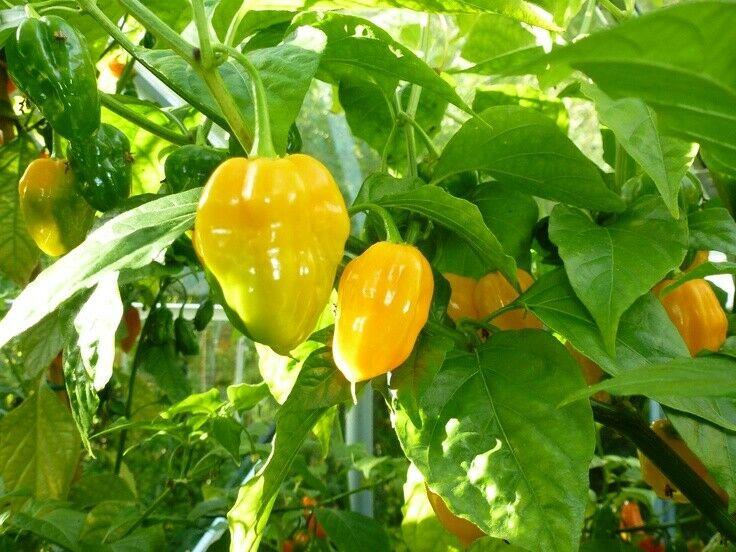
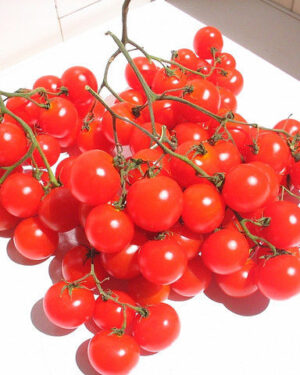
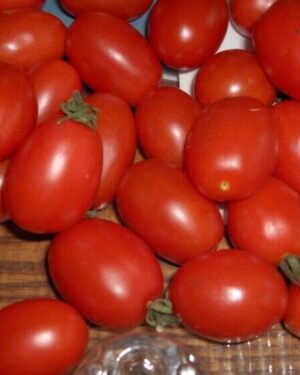
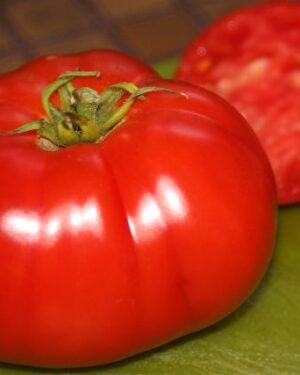
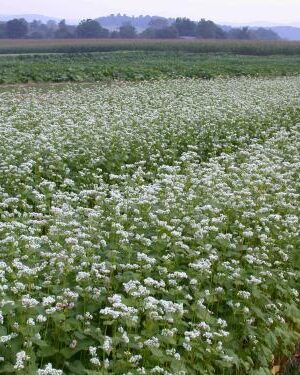
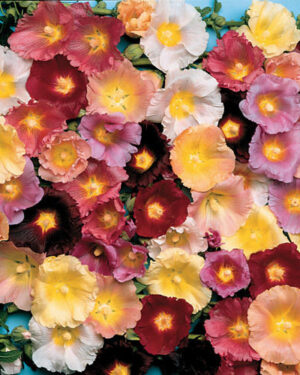

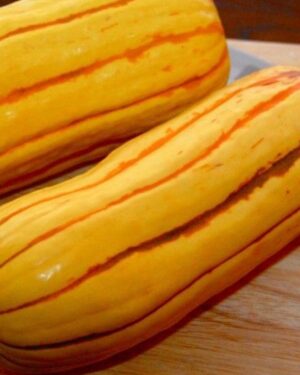
Reviews
There are no reviews yet.